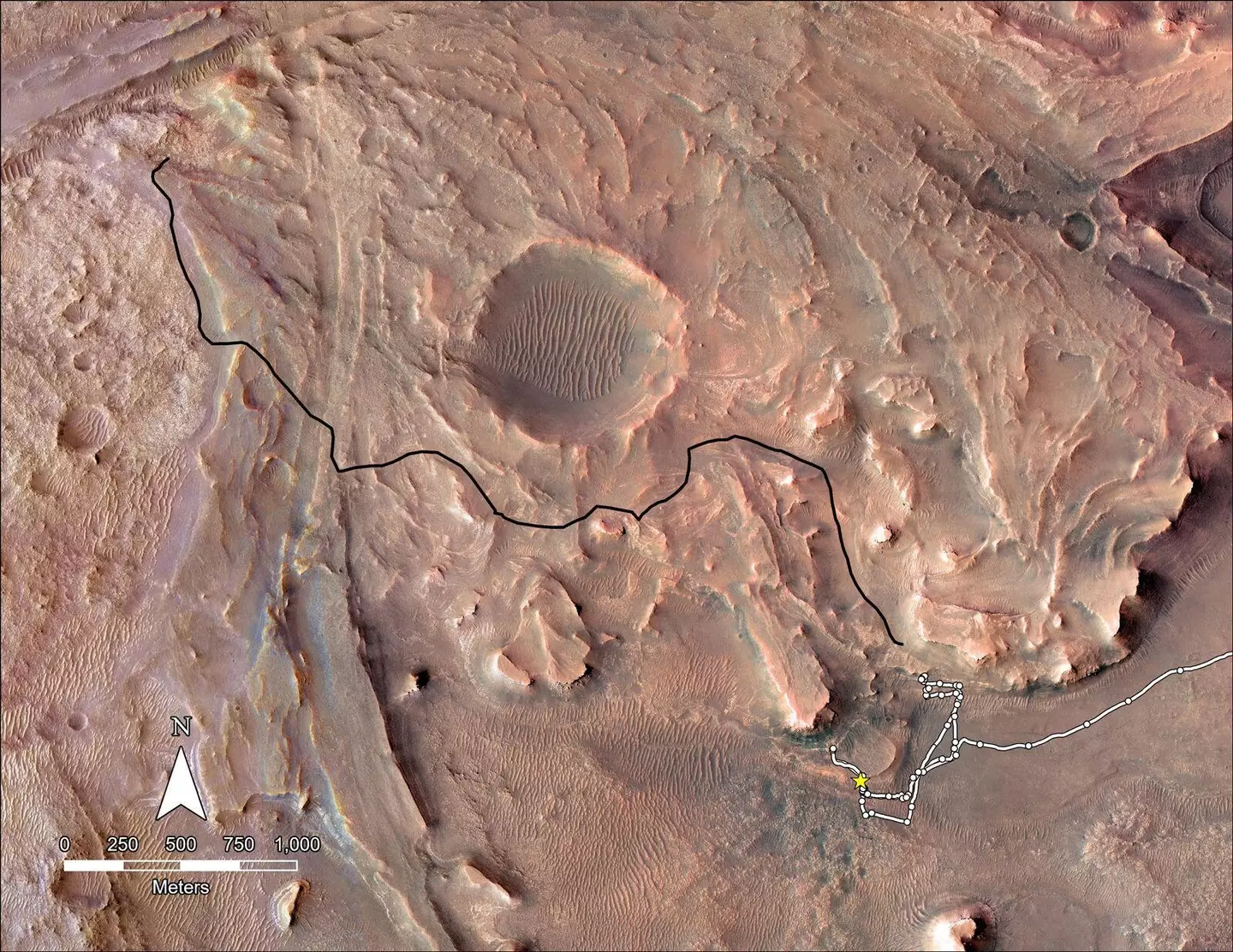.png)
NASA has announced their Mars Lander is officially dead after failing to answer a call from home.
Well, it looks like the Mars ‘Insight’ Lander has ghosted the agency after failing to pick up the mission controllers' last two attempts to make contact, as per Independent.
The InSight - which stands for Interior Exploration using Seismic Investigations - lander has been collecting information from the dusk planet for over four years.
But now, the tank has run out of gas.
The rover’s Twitter page jokingly posted earlier this week: "My power's really low, so this may be the last image I can send.
Advert
"Don't worry about me though: my time here has been both productive and serene.
"If I can keep talking to my mission team, I will — but I'll be signing off here soon. Thanks for staying with me."
And just to make the message a little more tear-jerky, NASA attached the final image captured by the lander.
According to NASA’s website, they created the lander in 2018 to provide the little red planet with its first checkup since it formed 4.5 billion years ago.
Advert

The mission, led by the Jet Propulsion Laboratory and part of NASA’s Discovery Program, was built on the proven design of NASA's Mars Phoenix lander.
InSight's robotic arm was more than five feet nine inches (1.8 meters) long, and it lifted its seismometer - an instrument that measures ground noises - and heat flow probe from the deck and placed them on the surface.
The camera on the arm captured 3D views of the landing site with its censors measuring weather and magnetic field variations.
Advert
The Guardian reported that before the machine’s launch, NASA chief scientist Jim Green said the mission was of 'fundamental importance to understand the origin of our solar system and how it became the way it is today'.
Since its creation, the lander has measured over 1,300 seismic events, 50 of which had clear enough signals for the teams to analyze their location on Mars.
The most recent seismic event detected was in May this year, when the rover had an estimated magnitude of five, with vibrations pulsating through the planet for at least six hours.
Advert
The last update it posted to Twitter read: "I’ve been lucky enough to live on two planets.
"Four years ago, I arrived safely at the second one, to the delight of my family back on the first. Thanks to my team for sending me on this journey of discovery. Hope I’ve done you proud."
RIP, little guy.
